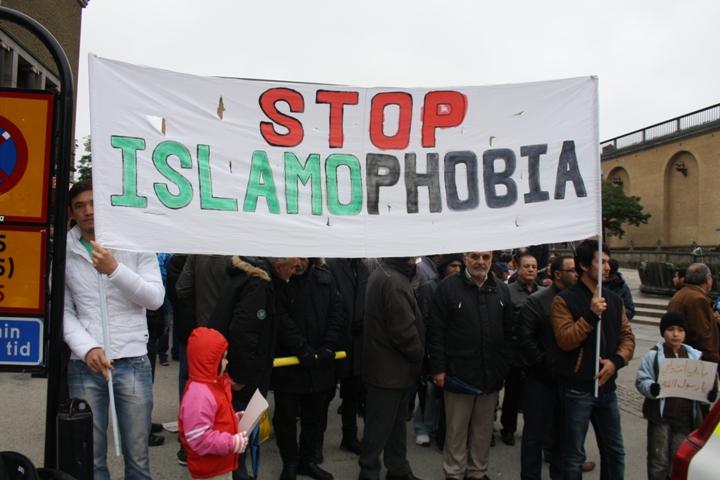
In December 2016 the government published the Casey Review into ‘integration and opportunity’, commissioned a year before by David Cameron. The review was led and authored by Dame Louise Casey, formerly the ‘homelessness tsar’, who told people not to give money to homeless people, and now the ‘integration tsar’. Casey also oversaw the ‘Troubled Families’ programme that followed the uprisings in 2011, and which shifted the blame for police racism, poverty and cuts onto the supposed moral failings of working class families. She has done the same with this review – blaming Muslims and particularly those of Pakistani and Bangladeshi descent for the inequalities they face and for a whole range of other social problems.
Casey defines integration as ‘the extent to which people from all backgrounds can get on – with each other, and in enjoying and respecting the benefits that the United Kingdom has to offer’. ‘Anti-Western’ attitudes and a lack of nationalist identification with Britain are of particular concern to Casey – in other words, ‘integration’ means the extent to which all parts of the British population buy into ‘Fortress Britain’ and can be relied upon to stand with the ruling class against the workers of other countries. When questioned, Casey explicitly rejected the idea that integration is a two-way street – instead she said it is a motorway where everybody is moving in the same direction at speed and newcomers need to rapidly learn to follow suit.
Casey is keen to explain inequalities and a whole range of issues – particularly oppression of women and child abuse – as the result of cultural difference. The review expresses concern at the number of Pakistani British people marrying new migrants from Pakistan, and suggests this is reducing levels of spoken English, undermining integration and fostering regressive social attitudes. The idea that ongoing migration undermines integration reflects the assimilationist perspective of the review, reminiscent of the Labour government under Prime Minister Gordon Brown. The review also suggests that oppression of women has been ignored ‘in some communities’ because of a fear of being accused of being racist – falsely suggesting that oppression of women is particular to some minority groups.
The recommendations of the review follow its nationalist and assimilationist perspective: more teaching of ‘British values’ in schools, a requirement for immigrants to take an ‘integration oath’, more focus on the English language, and on ‘women’s emancipation in communities where they are being held back by regressive cultural practices’.
The review argues that given a growing population that is increasingly ethnically diverse (although still 82% White British) and less Christian than previously (although still 58.8%), ‘it is not surprising that many communities are feeling the impact of immigration to a greater extent and that this is playing out in wider public attitudes towards immigration’. This excuses racism as a ‘natural’ response to immigration, covering up the role of the state in provoking racism and justifying increasing restrictions as a necessary response to the concerns of the electorate. It also covers up the rise of precarious work and cuts in state support that are the real foundation of many people’s anxiety. The lack of resources for local authorities with rapidly changing populations does get a mention, but the main emphasis is on a large concentration of migrants putting pressure on public services.
The review notes that 34% of all statutory homelessness acceptances in 2015/16 were ethnic minority families, up from 25% in 2008/9, and 18% of homelessness acceptances were foreign nationals. 36.8% of recorded rough sleepers in London were from Eastern and Central European countries in 2015/16, up from 6% in 2005/6. The main concern of the review is not the impact of homelessness on these groups, but the demand this places on public services. When considering the impact on education a submission from the Department for Education is dismissed as ‘inconclusive’ although it suggests multiple ways in which migration may benefit the educational process, and states that any differences in education attainment associated with migration appear to level out by age 16.
Tom Vickers




